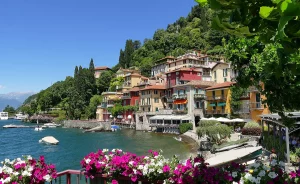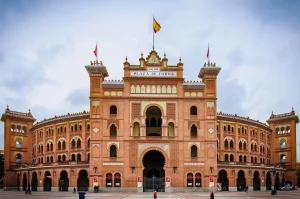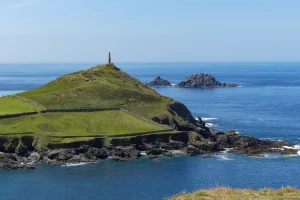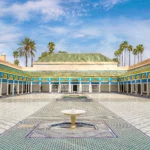A mountainous barrier between Spain and Portugal, the Douro Valley region has been able to develop the wine tourism of its numerous vineyards while promoting its extraordinary landscapes, its refined gastronomy, and the tranquility of its bucolic paths. Here is our complete guide for a 2-day visit to the Douro Valley.
The history of the Douro Valley
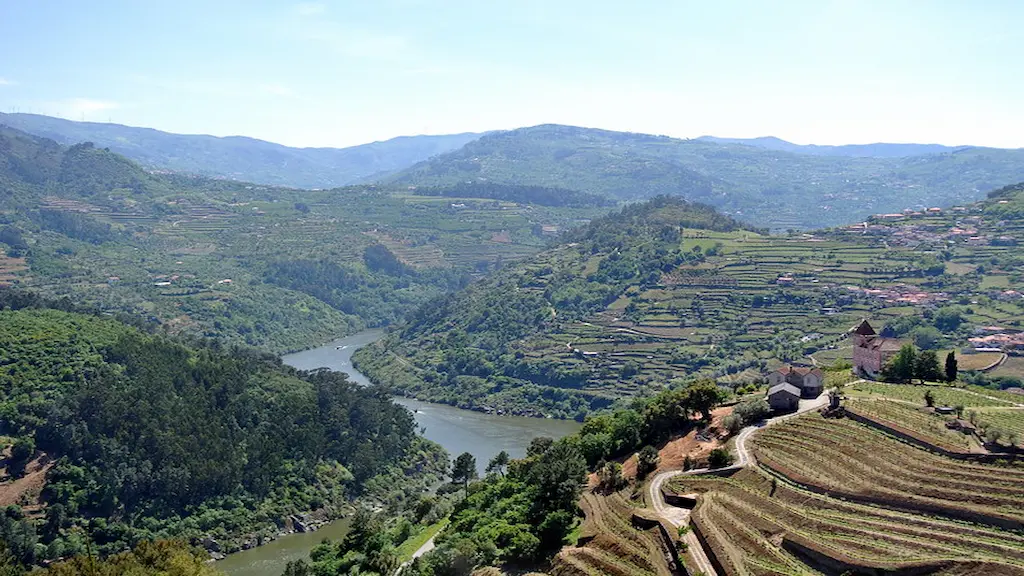
Although belatedly declared a UNESCO World Heritage Site in 2001, the Douro Valley has a long history that goes back several millennia.
The name of its river “Douro”, which comes from the word “ouro” meaning “golden river”, is a testimony of the hidden treasures that the valley has in store for its visitors. Here, more than a hundred different grape varieties are grown in the vineyards that stretch as far as the eye can see, and which have made Portuguese wine famous for over 400 years. Despite its production since the Roman occupation, this nectar was only discovered in the 17th century by English merchants, dispossessed of French wine during the war and eager to find this rare commodity. Already renowned among the Castilian nobility, Portuguese wine met with flattering success in England.
To transport this liquor, merchants used rabelos, small flat-bottomed boats that sailed by the hundreds on the river in the early 18th century. But the region was experiencing such a commercial influx that it was necessary to give it a title, attesting to both the quality of its wine and its authenticity, while counterfeits were multiplying on a large scale. This was finally done in 1756, making the Douro Valley the oldest registered wine region in the world.
The great Portuguese fortunes gradually settled in this area, building sumptuous secondary residences such as the Casa de Mateus, a famous Baroque-style palace. At the same time, the Quintas proliferated considerably to meet the growing demand of the clientele.
From the 20th century onwards, the region opened up to tourism by building a locomotive, still in operation today, which runs through the valley between Peso da Régua and Tua. The transport of wine was also modernized, passing from the traditional rabelos (now dedicated to tourist cruises) to the tankers we know today.
Must-sees in the Douro Valley
DAY 1
Lamego
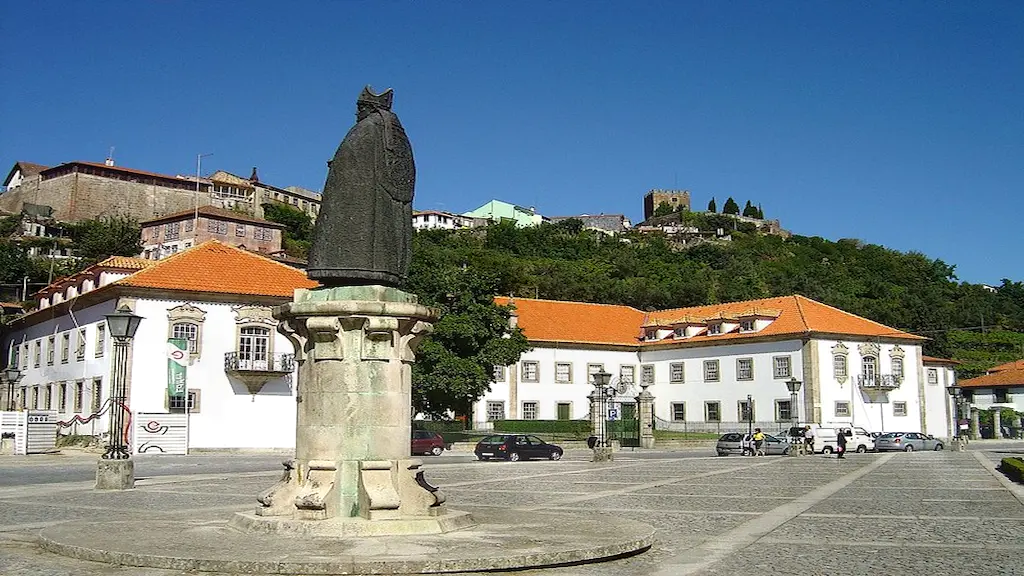
Located 10 km from Peso da Régua, the charming little town of Lamego is full of historical treasures. Among them is the Lamego Cathedral, a real architectural feat from the 12th century combining baroque and gothic styles, with its ceiling decorated with splendid frescos.
We also recommend a visit to the Santuário de Nossa Senhora dos Remédios, a magnificent sanctuary perched at the top of a large staircase with more than 600 steps, whose beauty makes you appreciate the effort. It is one of the most famous monuments in the city of Lamego.
Finally, make a detour to the Miradouro de São Domingos on the road to Pinhão. It is the ideal spot for a picnic with a panoramic view of the valley.
Pinhão
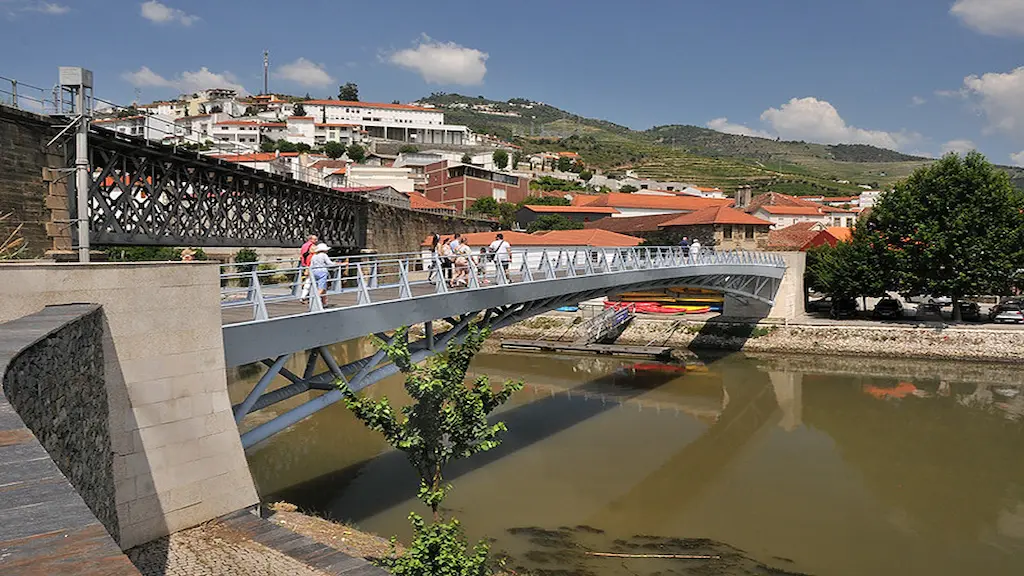
Pinhão is truly the landmark of Quintas and wine cellars. In September, during the grape harvest season, many tourists come here to help the local producers.
Located about 30 kilometers from Lamego, this small town with an atypical charm offers an exceptional landscape to its visitors. During your trip, you will have the opportunity to discover the Pinhão train station. Built-in the 19th century, it is considered one of the most beautiful in Portugal with its decoration of azulejos panels, illustrating the journey of the port wine. Afterward, you can take a break on the city’s docks.
Finally, you will have access to several charming wine cellars, which offer vacationers the opportunity to taste their products and discover their work. Among the landmarks of choice: are the Quintas do Seixo, do Bomfim, de La Rosa, and do Pôpa.
Alternatively, you can opt for a cruise along the river in a traditional Rabelo or a sailboat. The crossing takes about 2 hours and is a perfect activity for families.
São João da Pesqueira
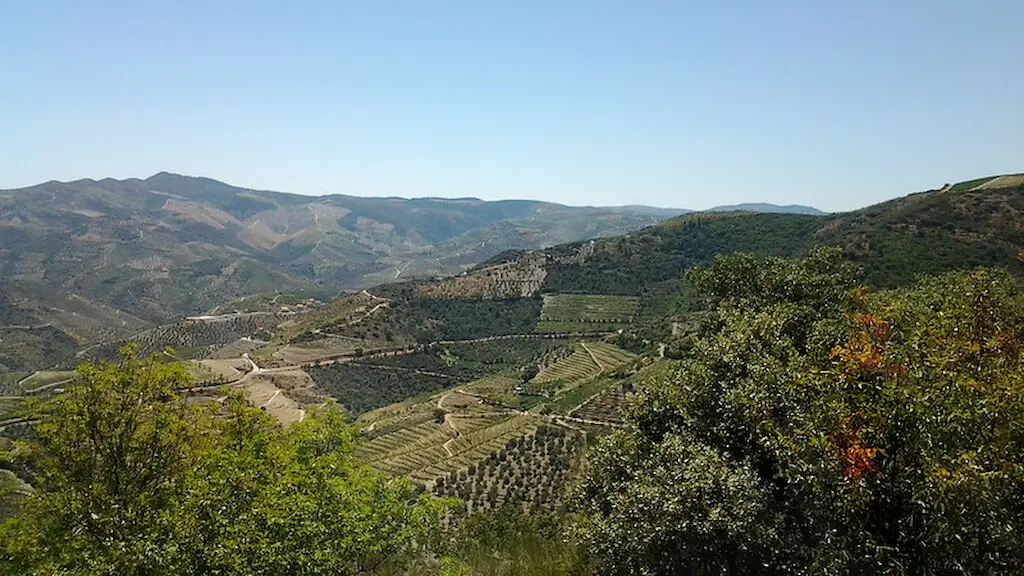
After half an hour’s drive, you will arrive in São João da Pesqueira. This small village, very popular with fishermen (hence the name “Pesqueira” which means “fishing”), is home to the famous Wine Museum, but also several historical monuments such as the Torre do Relogio and the Misericordia Chapel. The short visit to São João da Pesqueira allows you to continue with the…
Vila Nova de Foz Côa
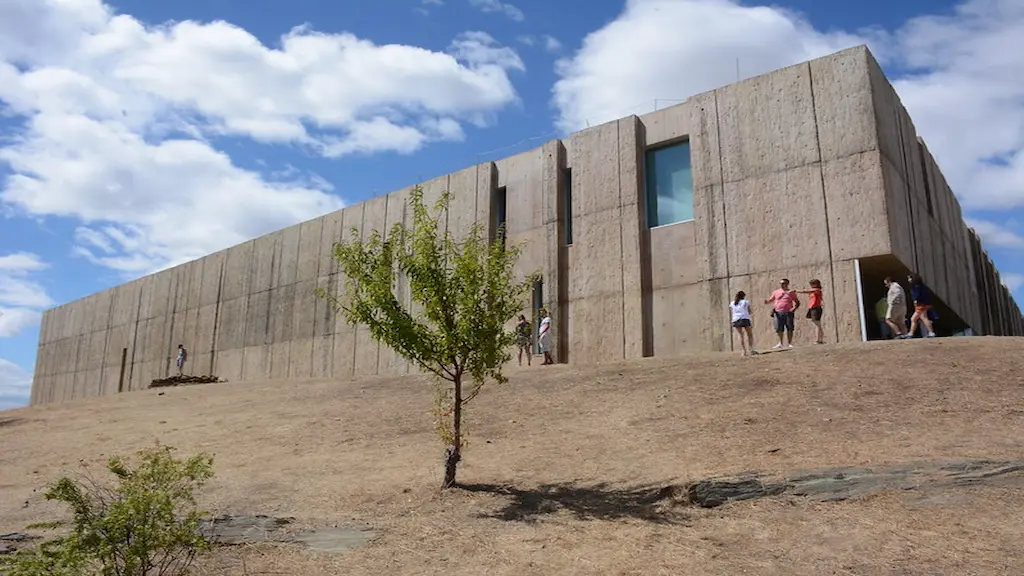
At 45 minutes’ drive, this city is especially known for its vestiges of rock works dating from the Paleolithic era. You will be able to discover them through a guided tour of the archaeological park of Vale do Côa is 4×4.
For the less adventurous, there is also the Modern Museum of Côa, whose exhibits retrace the history of rock art in the region.
Finally, enjoy a good dinner with a breathtaking view of the valley’s hills from the Côa Museu restaurant. A place of surprising architecture, with a breathtaking panorama.
DAY 2
Vila Real
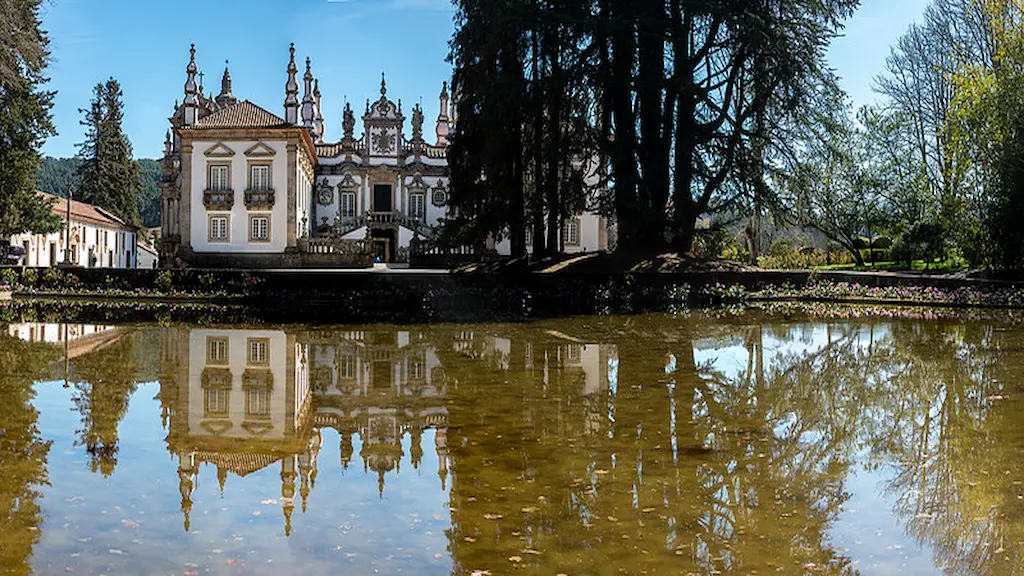
Further east, after a 30-minute drive, you will arrive in the historic town of Vila Real. This city of character, bordered by the majestic massif of Parque Natural do Alvao, fully assumes its rural aspect at the antipodes of the big Portuguese metropolises. The traditional architecture persists today, with beautiful traditional houses and a sumptuous Romanesque cathedral in the south of the city.
But the main attraction here is the Casa de Mateus. This baroque residence, founded in the 18th century by the Italian architect Nicolau Nasoni, is a true gem of local heritage. The palace is also surrounded by beautiful gardens, forests, and vineyards that make this place unique.
Amarante
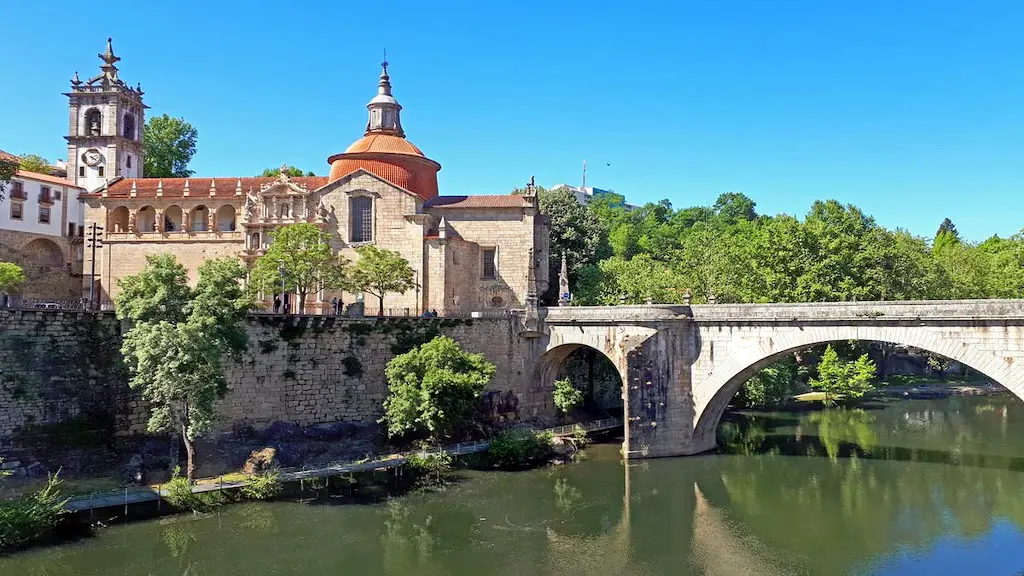
40 minutes from Porto by car is the small town of Amarante. This picturesque medieval town is a must-see for tourists, who particularly appreciate the walk along the Tâmega River and the many tempting pastry shops on every street corner. The historical center of the city is also remarkable: the Amadeo de Souza-Cardoso municipal museum and the São Domingos church are places not to be bypassed under any circumstances. It will take you about 2 hours to go around Amarante.
Peso da Régua
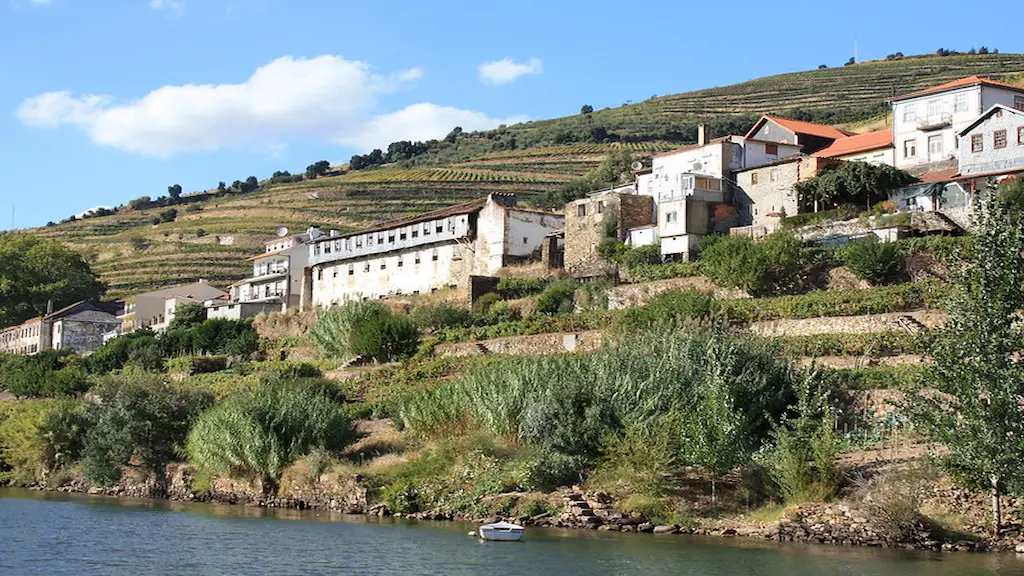
You can then conclude this second day of visit by going to Peso da Régua, a small town 22 km from Vila Real. Just a stone’s throw from the Douro River, this place was the base of the port wine trade in the 18th century. Away from the hustle and bustle of the city, you can enjoy a sensational view of the vineyard valleys and the river from the Miradouro de São Leonardo da Galafura, a natural lookout.
Back in town, wine lovers will surely stop by the Museu do the Douro, which traces the history of the wine industry in the region. Not far from here, you can enjoy a drink in one of the many bars facing the river.
Practical information
What is the best time to visit the Douro Valley?
We recommend spring or late summer. At these times, the region is rather spared from the heat and mass tourism. However, the scenery is just as sublime as in high season, with almond trees in bloom and vineyards that harmoniously sculpt the hills of the valley. On the other hand, the cooler temperatures are ideal for hiking and biking.
If you wish to participate in the grape harvest, you will have to go there from September. Several wineries offer this activity to tourists and usually include a meal and tasting of several of their wines.
What are the main activities to do in the Douro Valley?
- wine tasting
- hiking or biking
- cruise on the river
- horseback riding
- visit medieval villages
- fishing
- kayaking
What are the best ways to get to the Douro Valley?
- by renting a car (surely the best choice), but beware of the tight curves and twists and turns, the trip is sometimes longer than it seems
- by booking a day trip by car or minibus with a driver.
- by train, via the “Linha do Douro” line: the 3h30 journey starts from the center of Porto and arrives in Pocinho
Also Read: New Zealand Cities 10 Things To Do In Auckland and Wellington

